Coronavirus Study Might Show Airline Travel Is Safer Than You Think
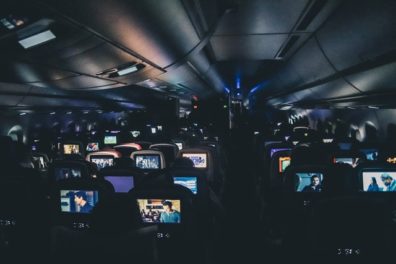
Coronavirus Study Might Show Airline Travel Is Safer Than You Think
Social distancing is a major buzzword circulating in both the travel industry and broader world. Airlines are implementing social distance seating in the hopes of preventing the spread of coronavirus. But a new study suggests that airline travel might be safer than you think when considering the risk of infection from a fellow passenger.
Study on Coronavirus Spread
The study set for publication in the the July 2020 issue of Emerging Infectious Diseases journal examined coronavirus infection spread in Guangzhou, China. Specifically, the study looked at an outbreak connected to a restaurant. In that restaurant, 10 people from 3 families became infected with coronavirus. The individuals became infected between January 26,2020 and February 10, 2020. According to the study, air droplet transmission increased through horizontal air circulation.
On January 24, 2020, the first person infected (A1) ate lunch with three other family members (A2-A4). Families B and C sat nearby family A during lunch. That same day, A1 experienced flu-like symptoms. By February 5, a total of 9 people from the restaurant tested positive with coronavirus. Four members of family A, three members of family B, and two members of Family C were infected.
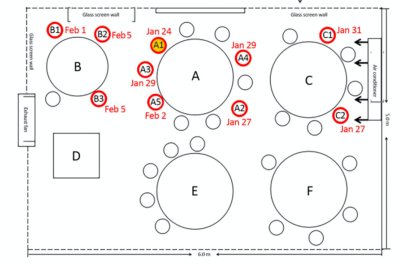
The only known exposure to the virus for families B and C was the restaurant. The study determined that the virus was transmitted to at least one family member in family B and at least one one member of family C. The study notes that other infections in family B and C resulted from in-family transmission.
Air Flow
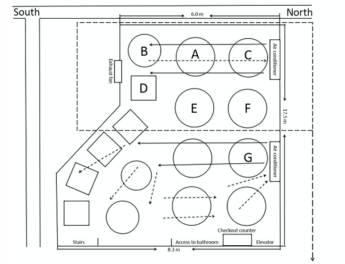
The study’s conclusion determined that the infection was spread through transmission of air droplets. Because air droplets don’t last long in the air, the study concluded that the air conditioning system contributed to the transmission. The windowless restaurant on the 5th floor had a horizontal air flow that carried the droplets to the other families in the restaurant. Therefore, a horizontal air flow and stagnant air potentially allowed the transmission of the virus in the restaurant.
The researches tested the air conditioning system to see if the system captured infected air and then filtered it back into the restaurant. The researchers concluded that was not the case since there were no positive tests for particles in the restaurant’s air conditioning system.
How Does This Impact Airplanes?
This may potentially demonstrate that airline travel is actually safer than people might think. Airflow in an airplane doesn’t flow horizontally. Instead, the air is filtered as it reenters the cabin air. Specifically, air in a commercial aircraft is fed from the top and side of the airplane and then taken back in through the floor. This is different than in the restaurant in the study where air flowed horizontally.
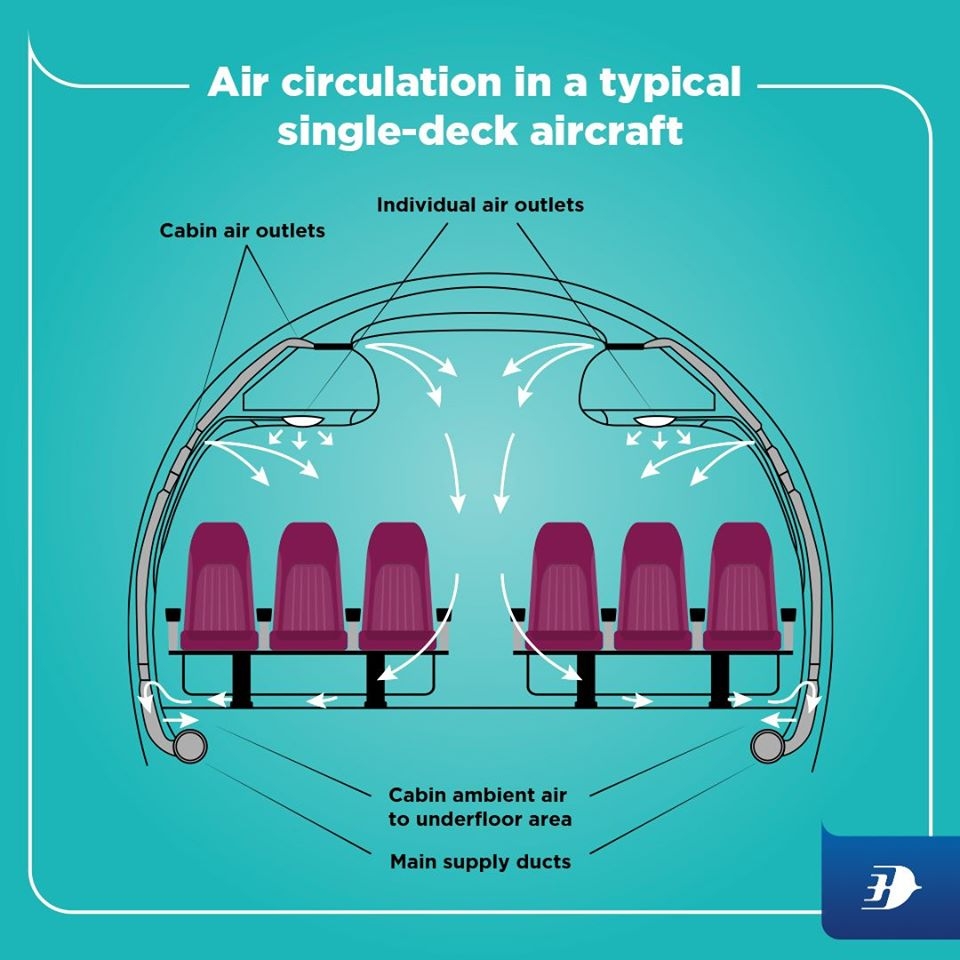
The Civil Aviation Administration of China addressed the issue of airflow in airplanes back in February. The CAAC noted,
The direction of air flow in the cabin [is] basically vertical, therefore air flow along the longitudinal direction of the fuselage is very small, which ensures air in the cabin is clean and fresh to the greatest extent, and under normal circumstances, disease will not be spread through the air conditioning system on board.
That means air circulating in the aircraft is relatively clean as you breath. Air in a commercial aircraft is typically replaced every 2-3 minutes, according to the CAAC.
Word of Caution
Of course, this is not meant to provide advice on whether or not you should fly. There are limitations to the study mentioned in the researchers’s report. For example, researchers did not model the airborne transmission route. They also did not test non-symptomatic people who in the restaurant. Therefore, there is a possibility that other asymptomatic people were in the restaurant.
But the study does show that stagnant air in a horizontal flow can move air droplets and infect others in the surrounding area, even beyond six feet away. For that reason, the airflow in a commercial aircraft is safer than the airflow in places like the restaurant.
Of course, it is still entirely possible to get sick through transmission on an airplane. In particular, surfaces on airplanes still pose the potential to infect others, including bathrooms, tray tables, and overhead bins.
CDC Guidance On Travel
The Centers for Disease Control (CDC) guidance says the risk of getting infected from a fellow passenger on an aircraft is low. During the current status of the virus, passengers are most safe by not flying. However, if you are essential and must travel, wearing a mask is advised.
Bottom Line
The study is interesting and provides an intriguing look in the spread of coronavirus. At a time where airlines are taking action to socially distance passengers, this may provide valuable insight as to the best way to the do that. It is likely airlines will need to keep examining their policies to ensure passengers feel safe. That may be the only possible way airlines can pick up business after stay-at-home orders end. Of course, limiting seats on flights has an impact on price. Government regulations that require social distancing on airplanes may increase costs. Governments should consider the impact on ticket prices that social distancing will have and balance them with public health.
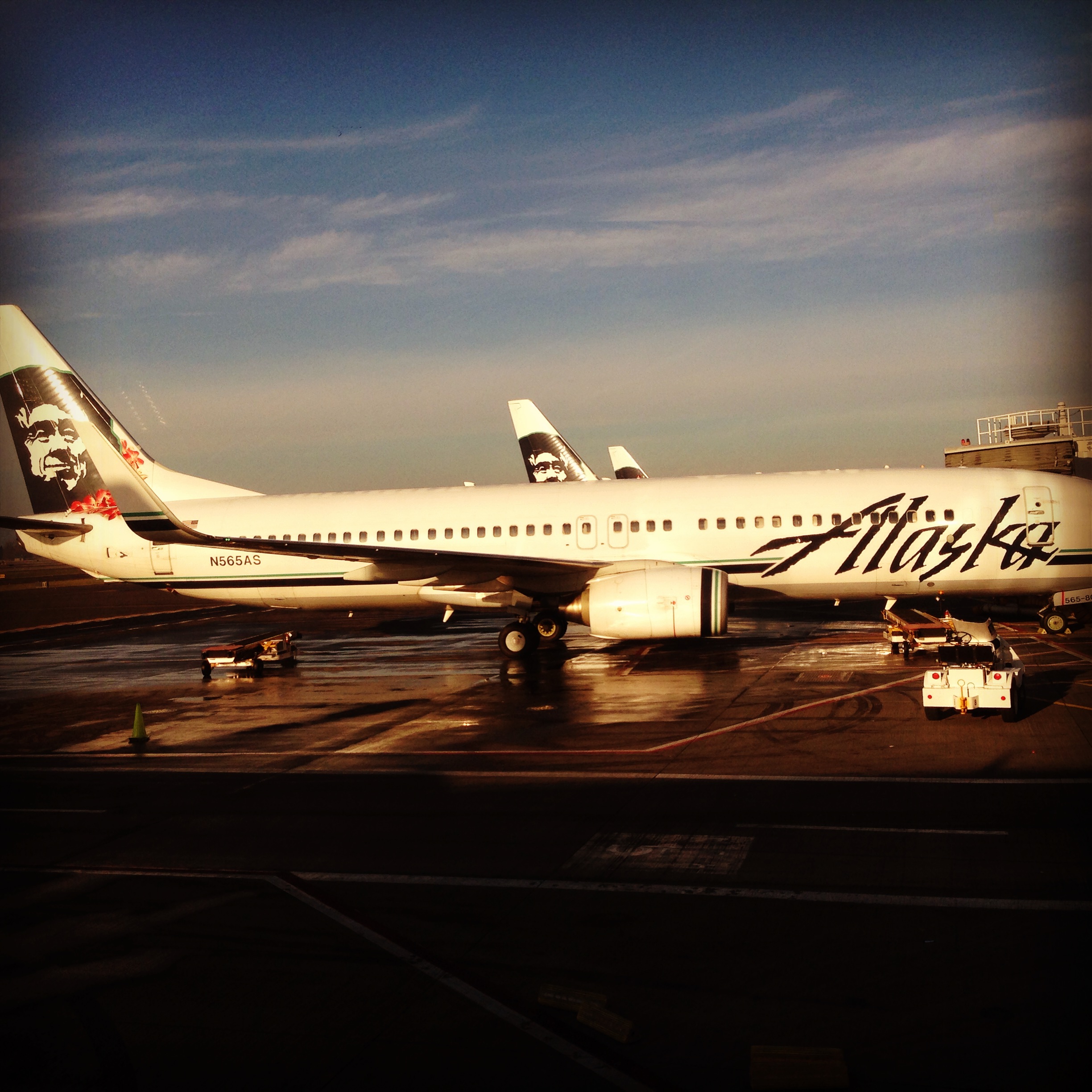
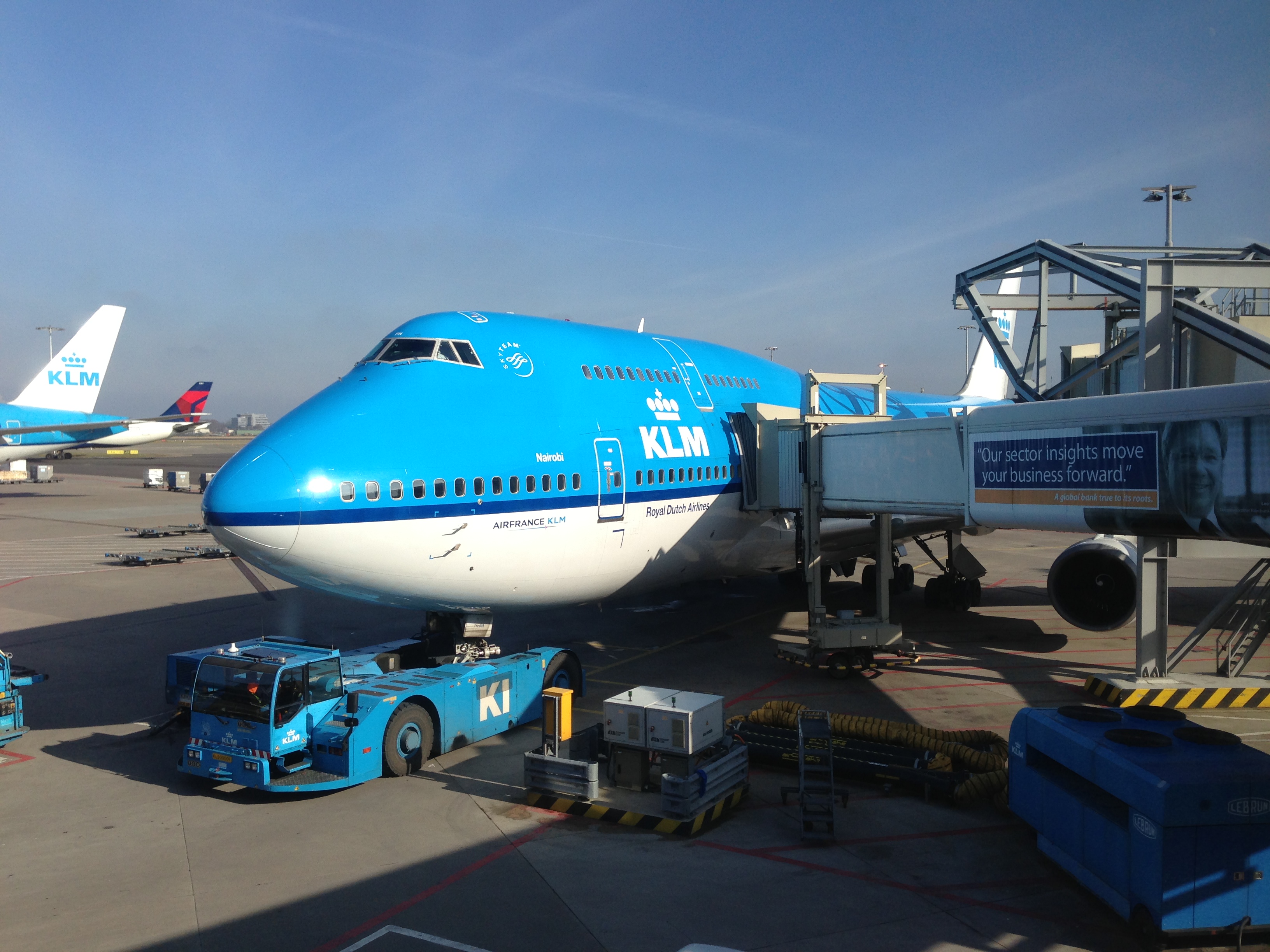
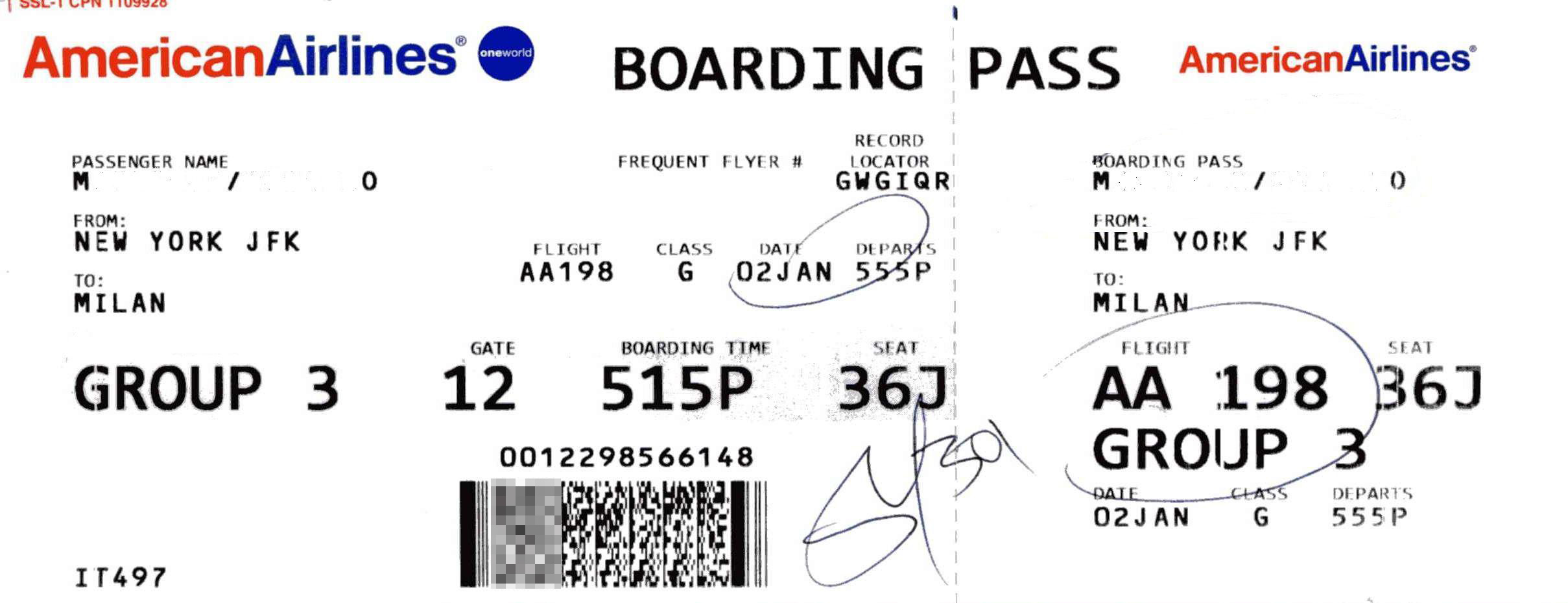
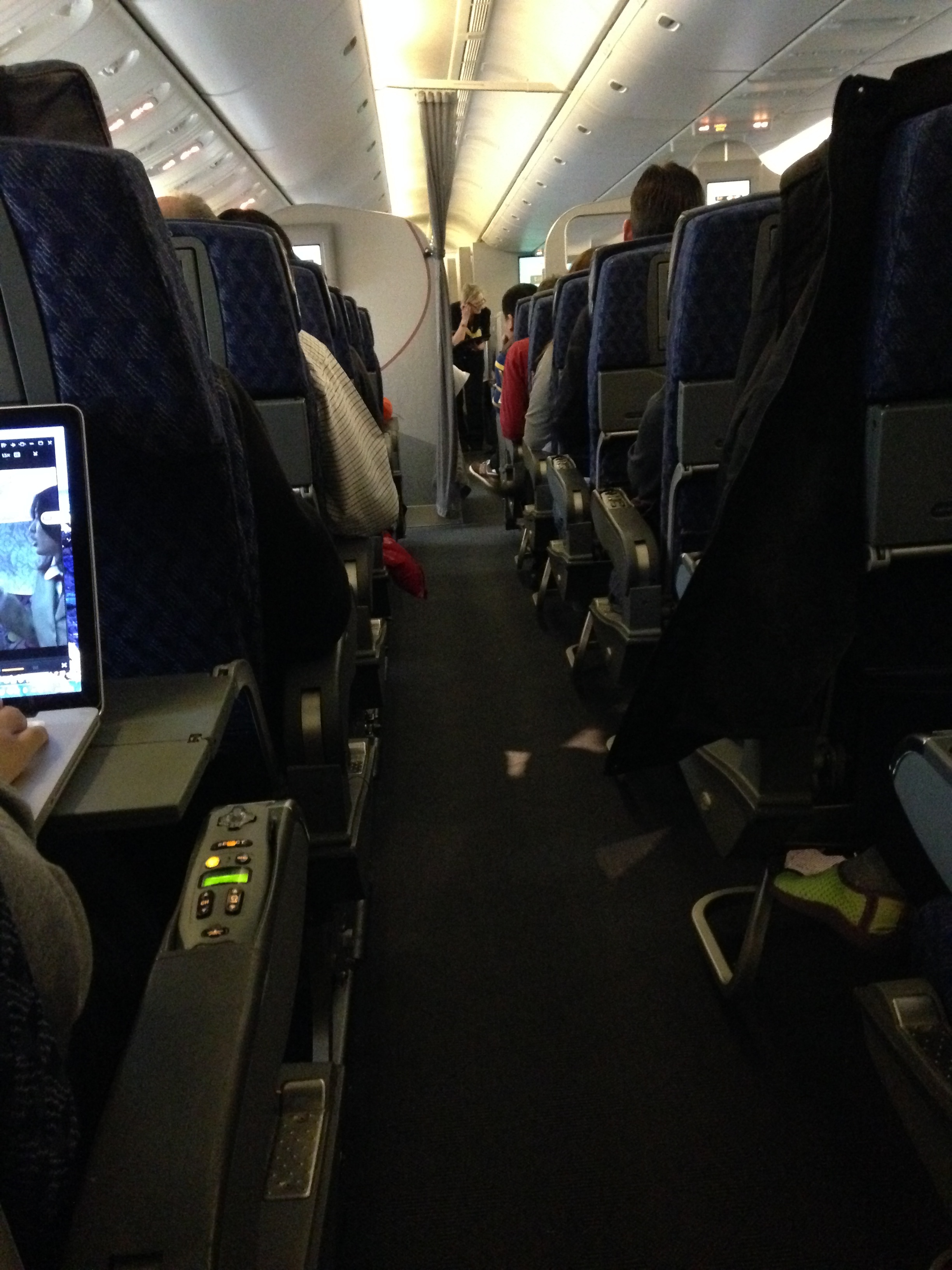

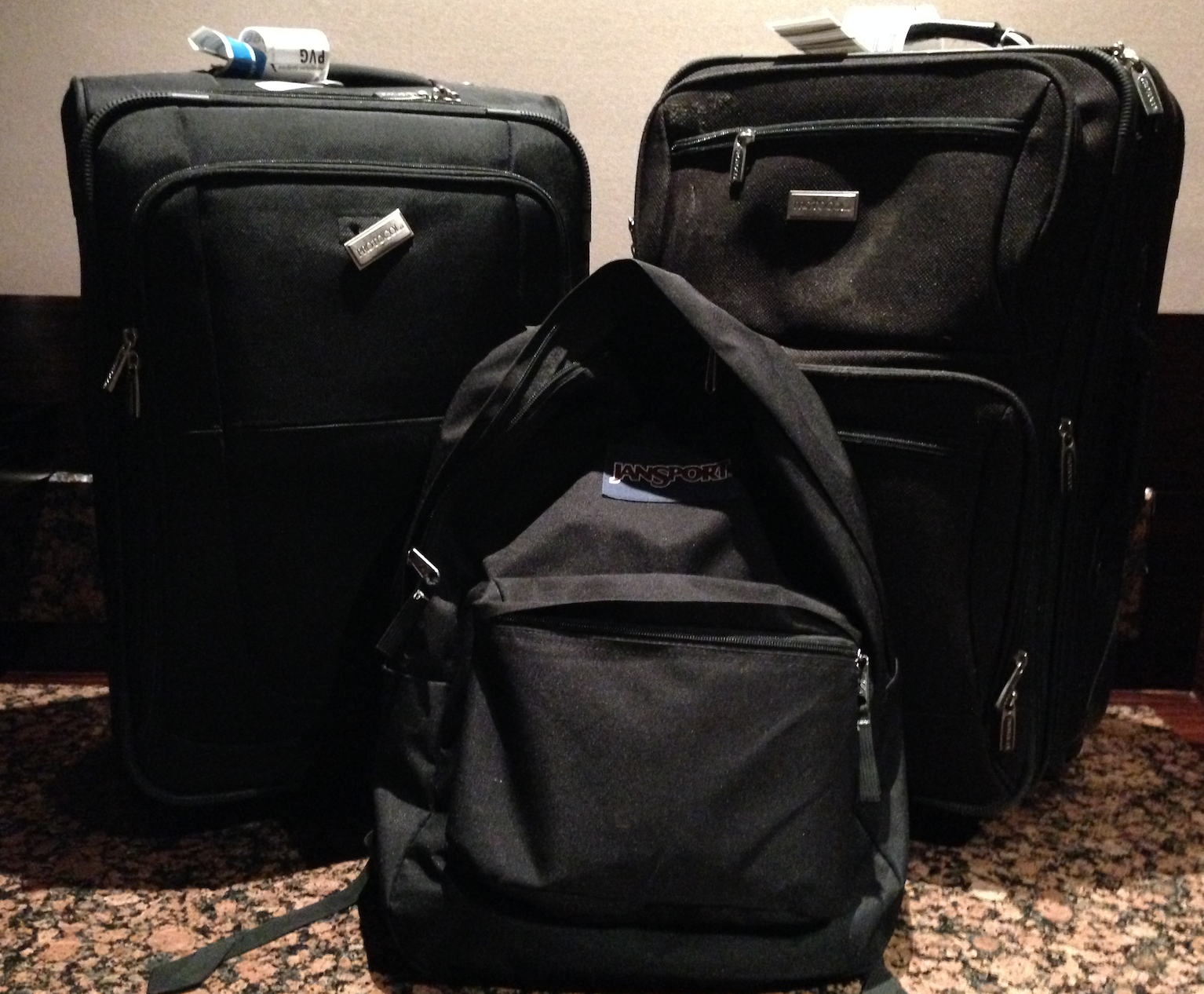

The recent study on SARS said the opposite, that in a airplane, you are more likely to get infected. One individual on a HKG-PKG flight infected 20 other people, some far away, bu th majority ahead of the passenger.
Interesting. Do you mind sharing a link with that study? I found one prior to posting that showed SARS was unlikely to be transmitted on an airplane so I’m genuinely curious to have a look! Thanks so much!
So how do they explain C1 and C2 being infected if they were upstream of the horizontal airflow?
If you lock yourself in your house, or better yet, inside a padded cell – you are 100% likely to not die of a rabid weasel biting you.
If you care about mitigating risk to that level, then, certainly, don’t fly on a plane.
If you have a brain… you might want to weigh the risks a bit more logically.
I’m flying every week. No mask, no gloves, non of that insanity.
And, uhm, since January 2020, yeah, shockingly, I’m not dead. Weird.
Maybe instead of reading insane scary stories, go and get on a plane and have a good time instead of being scared of the air you breath….